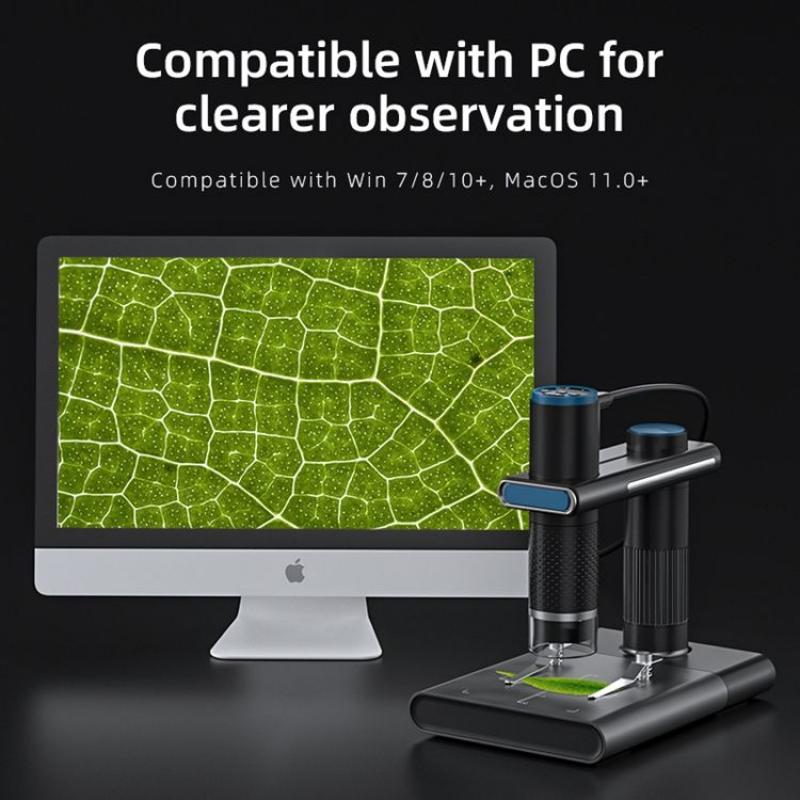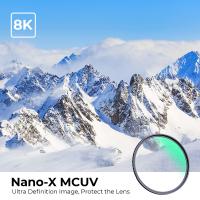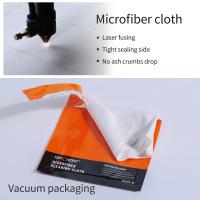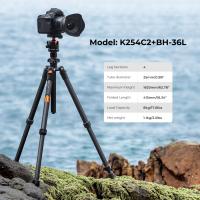What Is Scanning Tunneling Microscope ?
A scanning tunneling microscope (STM) is a scientific instrument used to obtain atomic-scale images of surfaces. It operates by scanning a sharp probe tip across the surface of a sample, while maintaining a small distance between the tip and the surface. The tip is brought very close to the surface, allowing electrons to tunnel between the tip and the surface. By measuring the tunneling current, which is highly sensitive to the distance between the tip and the surface, a three-dimensional image of the surface can be generated. STM has revolutionized the field of nanotechnology by enabling scientists to visualize and manipulate individual atoms and molecules on surfaces. It has applications in various fields, including materials science, physics, chemistry, and biology.
1、 Principle of operation of scanning tunneling microscope
A scanning tunneling microscope (STM) is a powerful tool used in nanotechnology and materials science to observe and manipulate individual atoms and molecules on a surface. It was invented in 1981 by Gerd Binnig and Heinrich Rohrer, who were awarded the Nobel Prize in Physics in 1986 for their groundbreaking work.
The principle of operation of an STM is based on the quantum mechanical phenomenon known as tunneling. When a conducting tip is brought very close to a surface, a voltage is applied between them. Due to the quantum tunneling effect, electrons can "tunnel" through the small gap between the tip and the surface. The tunneling current is highly sensitive to the distance between the tip and the surface, allowing for precise measurements of the surface topography.
The STM works by scanning the tip across the surface in a raster pattern, measuring the tunneling current at each point. This data is then used to create a three-dimensional image of the surface, revealing atomic-scale details. The STM can achieve atomic resolution, allowing scientists to study the arrangement and behavior of individual atoms and molecules.
In recent years, there have been advancements in STM technology. For example, researchers have developed new types of tips with functionalized ends, allowing for the manipulation of individual atoms and molecules. This has opened up new possibilities for nanoscale engineering and the development of novel materials with tailored properties.
Furthermore, STM techniques have been combined with other imaging techniques, such as scanning electron microscopy and atomic force microscopy, to provide complementary information about the surface structure and properties. This multimodal approach enhances the capabilities of STM and enables a more comprehensive understanding of nanoscale systems.
Overall, the scanning tunneling microscope has revolutionized the field of nanotechnology by providing a means to directly observe and manipulate matter at the atomic scale. Its continued development and integration with other techniques promise to unlock even more exciting possibilities in the future.

2、 Atomic resolution imaging with scanning tunneling microscope
A scanning tunneling microscope (STM) is a powerful tool used in nanotechnology and materials science to image and manipulate individual atoms and molecules on a surface. It was invented in 1981 by Gerd Binnig and Heinrich Rohrer, who were awarded the Nobel Prize in Physics in 1986 for their groundbreaking work.
The STM works by scanning a sharp metal tip across a sample surface while maintaining a small gap between the tip and the surface. A small bias voltage is applied between the tip and the sample, creating a tunneling current that is highly sensitive to the distance between the tip and the surface. By measuring this current, the STM can create a topographic map of the surface with atomic resolution.
The STM has revolutionized our understanding of materials at the atomic scale. It has allowed scientists to directly observe and manipulate individual atoms and molecules, leading to breakthroughs in fields such as surface science, catalysis, and nanotechnology. With the STM, researchers can study the arrangement of atoms on surfaces, investigate the electronic properties of materials, and even manipulate individual atoms to create nanostructures with specific properties.
In recent years, there have been advancements in STM technology that have further enhanced its capabilities. For example, the development of non-contact atomic force microscopy (NC-AFM) has allowed for imaging of insulating surfaces and the measurement of forces between the tip and the sample. Additionally, the integration of STM with other techniques, such as scanning electron microscopy and spectroscopy, has enabled simultaneous imaging and analysis of materials.
Overall, the scanning tunneling microscope continues to be a vital tool in nanoscience and materials research, providing unprecedented insights into the atomic world and driving advancements in various fields.

3、 Scanning tunneling spectroscopy and electronic structure analysis
A scanning tunneling microscope (STM) is a powerful tool used in nanotechnology and materials science to visualize and manipulate individual atoms and molecules on a surface. It operates by scanning a sharp tip over the surface of a sample, while maintaining a small gap (typically a few angstroms) between the tip and the surface. By applying a voltage between the tip and the sample, electrons can tunnel through this gap, creating a measurable current.
One of the key applications of STM is scanning tunneling spectroscopy (STS), which involves measuring the current as a function of voltage. This technique provides valuable information about the electronic structure of a material, including its energy levels and density of states. By analyzing the STS data, researchers can gain insights into the behavior of electrons at the atomic scale, such as the presence of energy bands, localized states, and surface defects.
In recent years, there have been advancements in STM technology that have further enhanced its capabilities. For example, the development of low-temperature STM allows for studying materials at extremely low temperatures, where quantum effects become more pronounced. Additionally, the integration of STM with other techniques, such as scanning tunneling potentiometry and scanning tunneling spectroscopy under magnetic fields, has enabled the investigation of complex phenomena like superconductivity and magnetism at the atomic scale.
Furthermore, STM has been used to explore the electronic properties of two-dimensional materials, such as graphene and transition metal dichalcogenides. These materials exhibit unique electronic behavior due to their atomically thin nature, and STM has played a crucial role in understanding their properties and potential applications in electronics and optoelectronics.
In conclusion, a scanning tunneling microscope is a versatile tool that allows for the visualization and analysis of electronic structures at the atomic scale. With ongoing advancements, STM continues to contribute to our understanding of fundamental physics and the development of novel materials and devices.

4、 Applications of scanning tunneling microscope in nanotechnology
A scanning tunneling microscope (STM) is a powerful tool used in nanotechnology to visualize and manipulate individual atoms and molecules on a surface. It operates by scanning a sharp tip over the surface of a sample, while maintaining a small distance between the tip and the surface. By applying a voltage between the tip and the sample, a tunneling current can be measured, which is highly sensitive to the distance between the tip and the surface.
The STM has revolutionized the field of nanotechnology by allowing scientists to directly observe and manipulate matter at the atomic scale. It has been instrumental in advancing our understanding of surface science, catalysis, and materials science. The STM has also played a crucial role in the development of nanoelectronics, as it enables the fabrication and characterization of nanoscale devices.
One of the key applications of the STM is in the field of molecular electronics. By using the STM to manipulate individual molecules on a surface, researchers can study their electronic properties and explore their potential for use in nanoscale electronic devices. The STM has also been used to investigate the behavior of individual atoms and molecules in chemical reactions, providing valuable insights into reaction mechanisms and catalysis.
In recent years, there has been a growing interest in using the STM for quantum computing research. The ability to manipulate and control individual atoms and molecules makes the STM an ideal tool for studying and engineering quantum systems. Researchers are exploring the use of STM to build and characterize quantum bits (qubits), which are the building blocks of quantum computers.
Overall, the scanning tunneling microscope has had a profound impact on nanotechnology, enabling scientists to explore and manipulate matter at the atomic scale. Its applications continue to expand as new technologies and research areas emerge, making it an indispensable tool in the field of nanoscience.































